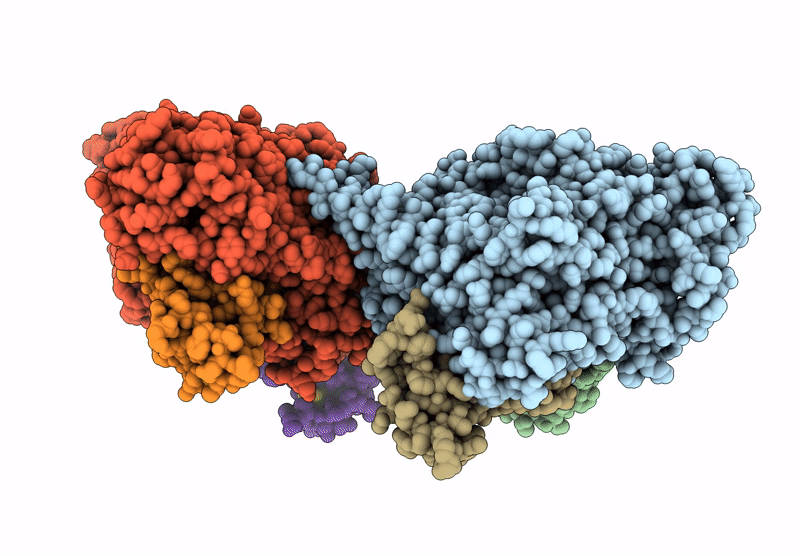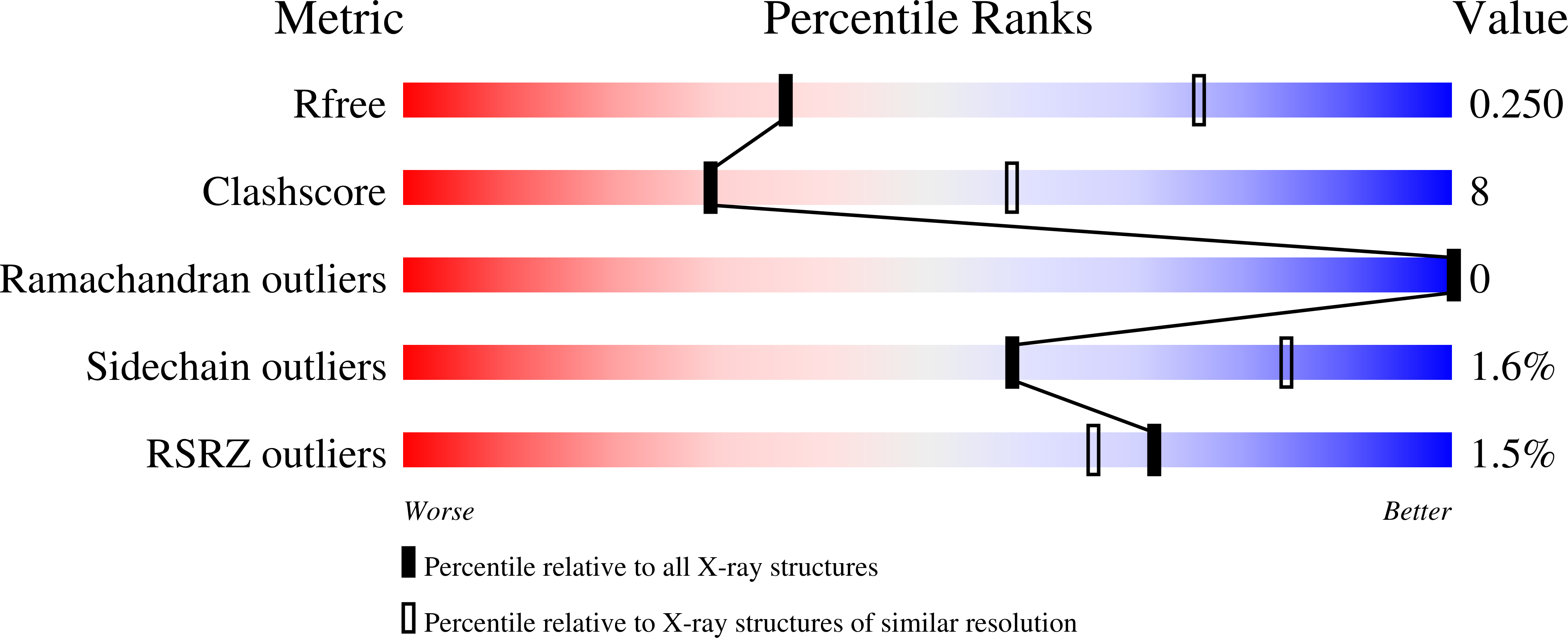
Deposition Date
2025-08-11
Release Date
2025-10-22
Last Version Date
2025-10-22
Entry Detail
PDB ID:
9PZJ
Keywords:
Title:
Benzylsuccinate synthase alpha-beta-gamma complex with bound toluene and fumarate
Biological Source:
Source Organism:
Thauera aromatica (Taxon ID: 59405)
Host Organism:
Method Details:
Experimental Method:
Resolution:
2.90 Å
R-Value Free:
0.24
R-Value Work:
0.21
R-Value Observed:
0.21
Space Group:
P 21 21 2


